
You don’t track your carbs
The goal of a ketogenic diet is to force your body to stop burning its favourite fuel—glucose from the carbs you eat—and start burning fat stores for energy. The body does this by converting the fats to ketones—a state called ketosis. Keto dieters accomplish this digestive feat by cutting way back on their carbohydrate intake. But to do it right, it’s not enough to just guesstimate your carb intake; you could get it wrong and undermine all your efforts. “If you are a beginner to the ketogenic diet, counting carbs is an absolute necessity to avoid frustration in the future,” says Steven Santo, a spokesman for Kegenix/Real Ketones, a keto supplement company. Track your food intake with an app like MyFitnessPal or LoseIt, or just use old-fashioned paper and pen. What you learn may surprise you. “You may be wearing ‘carb-blinders,’ meaning you are unaware of how many carbohydrates you are really consuming in a day,” says Santo. “If you can’t see the number of carbs sneaking into your day, you may be eating many more than you think.”
The average daily goal for keto is 20 grams of net carbs. Net carbs are the total carbs in a given serving of food, minus the carbohydrates that are supplied by fiber. You’ll find carb grams quickly add up, even when you’re choosing the best low-carb foods, like spinach and avocado. Keeping your body in a quasi-keto state can be hard on you, warns Santo: “This will leave you feeling sluggish, foggy, and discouraged,” he says. “It will most likely cause a weight plateau, and maybe even weight gain.”
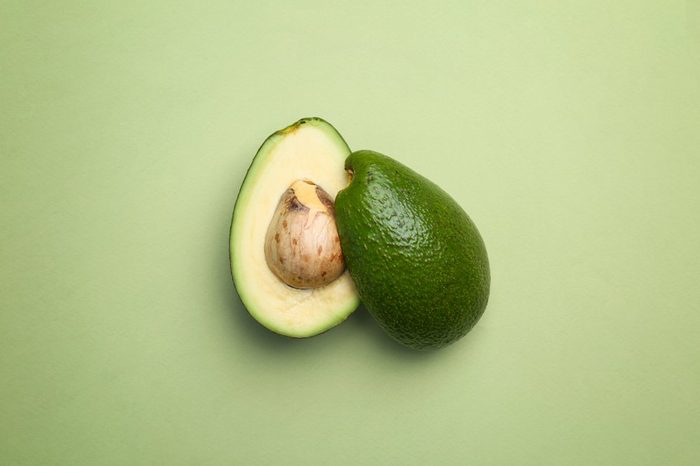
You aren’t getting enough fat
Keto runs counter to many of the low-fat diet fads of the 1980s and 1990s: It actually emphasizes fat. “That is hard to comprehend because we don’t eat anything that’s pure fat, says Kristen Mancinelli, RD, author of The Ketogenic Diet. “We don’t eat a stick of butter or a spoonful of olive oil or even a nice cup of lard. That would be unpleasant, so we really have a hard time wrapping our heads around this concept of the ketogenic diet.”
In order to succeed on a keto diet, 60-80% of your food intake will be healthy fats, according to Sara Gottfried, MD, author of The Ketogenic Diet in Women.
“That means you’ll eat avocado, coconut oil, meat, and cream of coconut, olives, and olive oil, animal fats like bacon or chicken fat, butter, fatty cuts of meat, fatty fish like salmon and sardines, as well as nuts and seeds,” Mancinelli says. Dairy is allowed on keto, she adds, but it has to be heavy cream. Milk, even full-fat, isn’t keto-approved. Don’t miss these foods that successful keto dieters never eat.
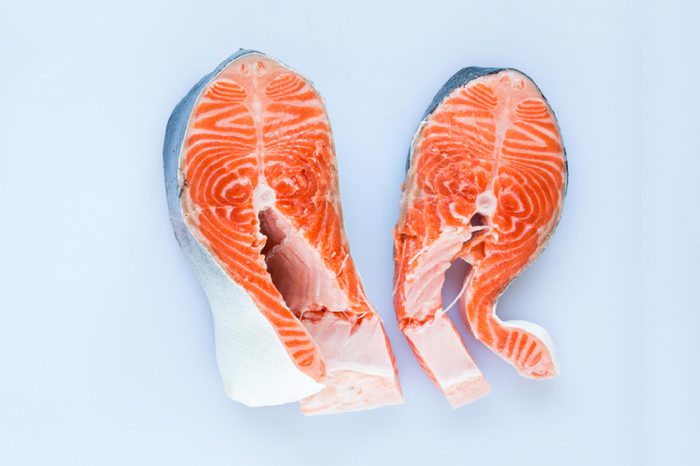
You’re eating too much protein
Getting your macronutrients—fat, protein, carbohydrates—in balance ensures your body has the best sources of energy. “The ketogenic diet for ‘nutritional ketosis’ is 20 percent protein, 5 percent carbs, and 75 percent fat,” says Jake Crandall, a trainer and CEO and founder of Okie Crossfit in Tulsa, OK. “If you go too high in protein, you’re effectively on the Atkins Diet and are low-carb. You’ll achieve weight loss, but not the health benefits of being in ketosis.”
Many people don’t realize that too much protein can actually prevent ketosis. “If an individual eats too much protein, it will undermine efforts to get into nutritional ketosis,” says Catherine Metzgar, PhD, RD, a member of the clinical team at VivaHealth and a type 2 diabetes educator.
The best way to have a real picture of what you’re eating is to track it daily. Some smartphone apps are designed to help you track everything you eat. Once you have daily goals in mind, you can monitor your food plan for potential pitfalls. Here’s how long it’s safe to stay on the keto diet.
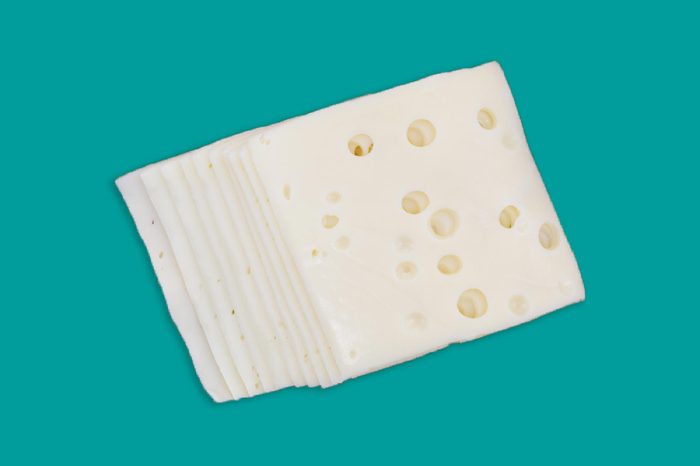
You don’t eat quality foods
Many unhealthy foods easily meet keto’s low-carb, high-fat criteria. However, that doesn’t mean you can or should eat them freely. “A huge benefit to following the keto diet is that the vast majority of processed food is removed with the removal of grains,” Santo says. “Unfortunately, poor-quality dairy, meat, and veggies may fill the gap.” Look for healthier sources of protein and fat, such as grass-fed meats, and limit processed dairy (think cheese singles) as much as possible.
Also, be careful not to compound the issue by dropping vegetables from your diet: “Vegetables tend to get replaced by things like too much butter, cream, cheese, and meat, but vegetables contain a lot of great vitamins and minerals that can help you thrive,” Santo says. Here’s what happens to your body when you don’t have enough fruits and vegetables.
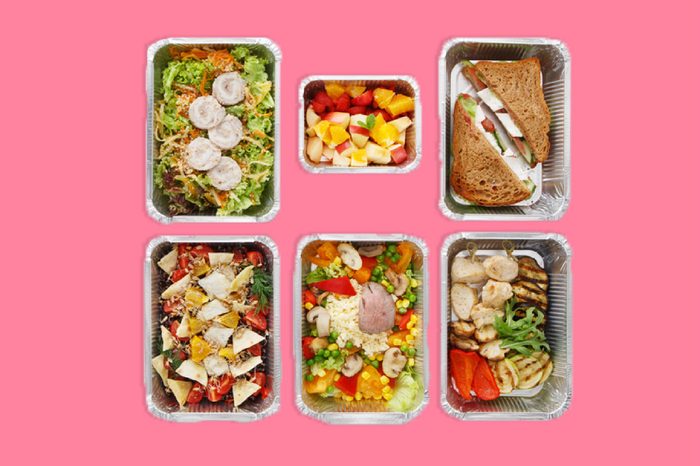
You don’t plan ahead
Eating out while going keto can be tricky. Planning ahead helps you know where your next snacks and meals will come from, so you aren’t tempted to reach for an easy—high-carb—fix, like fast food. Each week, plan out everything from meals to snacks and if you’re using an app, go ahead and fill in your estimated macronutrients ahead of time. This will help you get an idea of your overall intake, so you can make adjustments to reach your daily goals more easily. Get started by planning to make these 10 keto recipes so good you’ll never know you’re on a diet.
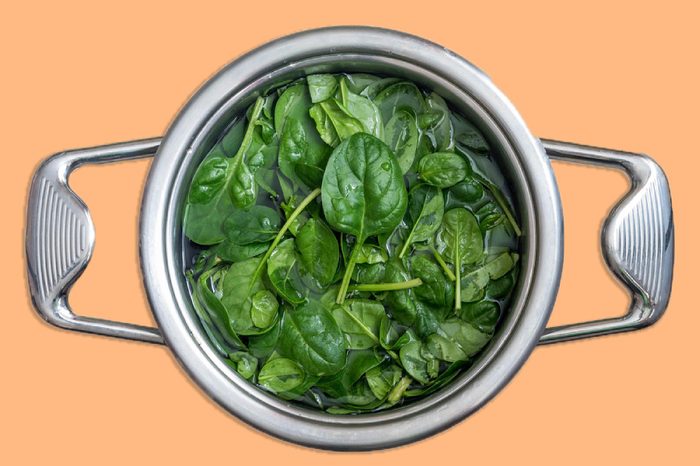
Your electrolytes aren’t balanced
Your dietary needs change dramatically with keto. Sodium becomes a critical nutrient, as do magnesium and potassium. “At least in the initial stages of being on the keto diet, you will urinate more. One of the key electrolytes lost through urination is magnesium,” says Carolyn Dean, MD, ND, a health and nutrition expert and author of The Magnesium Miracle. “Magnesium is an energy mineral, which will help you burn fat and lose weight.”
Dr. Dean suggests preventing a magnesium shortage by staying well-hydrated and adding salt and high-magnesium foods or a magnesium supplement to your day. Foods high in magnesium include almonds, spinach, avocado, and chard.
You’ll be surprised to learn the many benefits of magnesium.
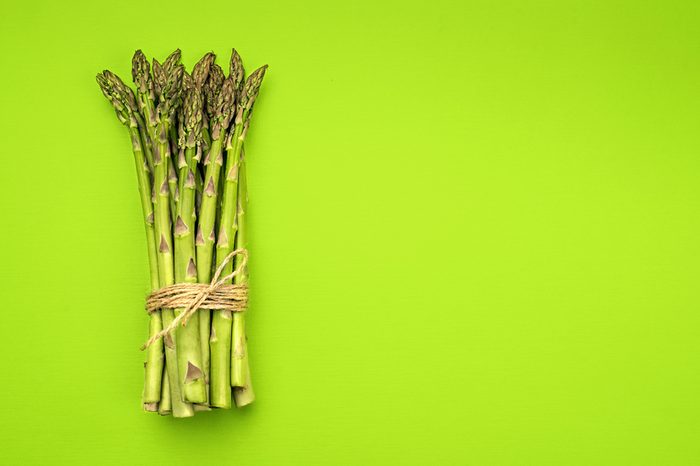
You eat the wrong vegetables
A lot of veggies are carb-heavy—they can’t fit into an ultra-low-carb diet. These include potatoes of course, but also yams, corn, peas, and carrots. The best options for keto dieters include asparagus, bell peppers, Brussels sprouts, leafy greens, and zucchini. “What’s tough for many people to grasp when starting out on a ketogenic diet is that you can’t really eat a lot of [certain] vegetables,” Mancinelli says. “When you’re keeping carbs super low, you have to limit vegetables—which goes counter to everything you know about how to eat healthy and lose weight.”
Dieters and healthy eaters are programmed to get vegetables at every meal in order to reach their daily plant quota, but Mancinelli says the cumulative total can blow through your daily net carbs. “They have vegetables in their breakfast omelet, big salads, snack on celery and carrot sticks, and have big sides of leafy greens in place of rice at dinner,” she says. “The carbs in all those vegetables add up. A few carbs here and there with cheese, nuts, and seeds, and you can really miss the mark for ketosis.” There are also signs your body might need you to eat more carbs.
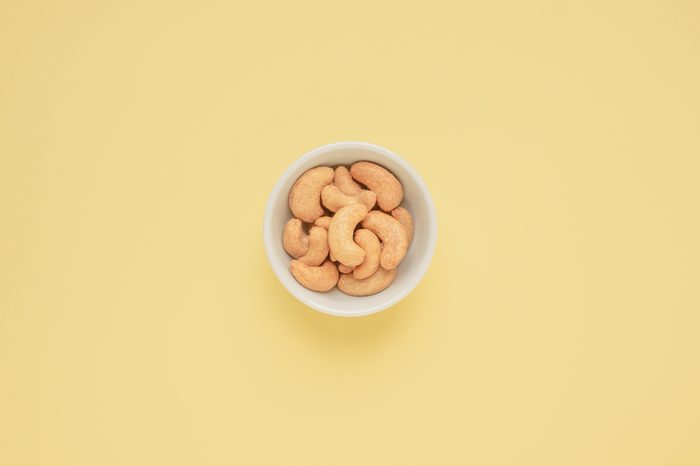
Your fiber intake is too low
While you’re focusing on fat, protein, and carbs, you should also make sure you’re getting adequate fiber. “People often assume that they should only eat things like meat and butter on the ketogenic diet,” says Farshad Fani Marvasti, MD, an associate professor and director of Public Health, Prevention, and Health Promotion at the University of Arizona College of Medicine in Phoenix. “You should make sure you are eating enough vegetables because you need the fiber.”
Specific fiber goals for every day will depend on your overall intake, current weight, and weight-loss intentions. Thankfully, some high-fat, low-carb foods are also loaded with fiber. These include nuts and seeds, avocado, and squash. “I see so many clients go for high protein, high saturated fat, and no carb,” says Sunny Brigham, MS, CNS, a board-certified nutrition specialist with a private clinic in North Texas. “They become constipated because they aren’t getting enough fiber.” Find out the perfect diet for your body type.
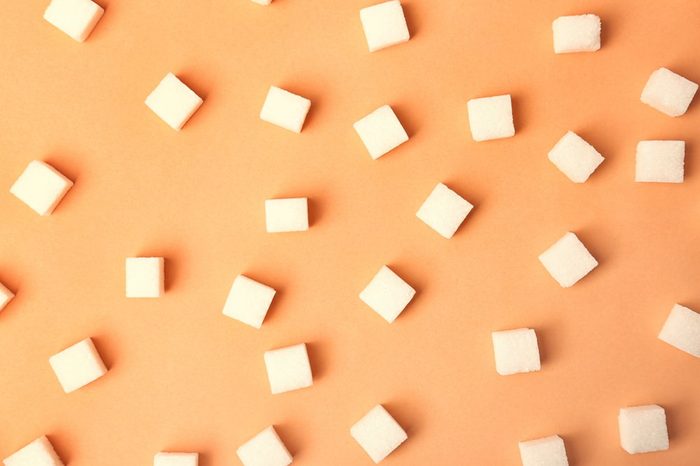
You pile on the artificial sweeteners
White sugar, honey, and most traditional sugars are out when you’re eating keto because of the high carb counts. While many artificial sweeteners deliver sweetness sans a single carb, that doesn’t mean you should eat them, Crandall says. “We have demonized sugar—rightly so—for causing unneeded insulin spikes,” Crandall says, but “many artificial sweeteners do the exact same thing.” One study found that eating artificial sweeteners may increase cravings—especially for sweet things. This can stymie your weight-loss intentions.
“When you are first starting keto, keep it simple by staying with the right balance of food until you get the hang of it,” advises Carrie Burrows, PhD, a certified nutritionist. “Many people fall prey to food manufacturers with slick marketing and buy pre-packaged, so-called keto-friendly foods, bar, candy/treats, shakes, and supplements.”
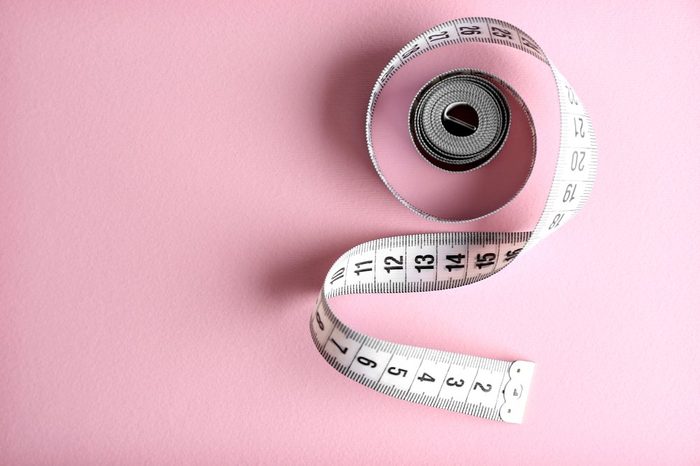
You give up too soon
You probably expect to see results with keto quickly. Many keto eaters lose a lot of water weight rapidly after beginning this diet. Without carbs to maintain your glycogen (energy) stores, your body burns through them and dumps all the water they hold. That’s the “water weight” you will rapidly lose in the early days of a keto diet. “We see people quitting before they feel all the benefits of being a fat-burning machine. Some quit even as soon as the first week,” Santo says. That’s often the result of keto flu, a temporary condition that many keto eaters experience as their body transitions natural energy sources. Keto flu symptoms include mood swings, nausea, headaches, sluggishness, and more. “Many people do not realize that keto leads to fundamental changes in how the body operates,” says Dr. Metzagar. Wow, these foods could actually make you age faster.
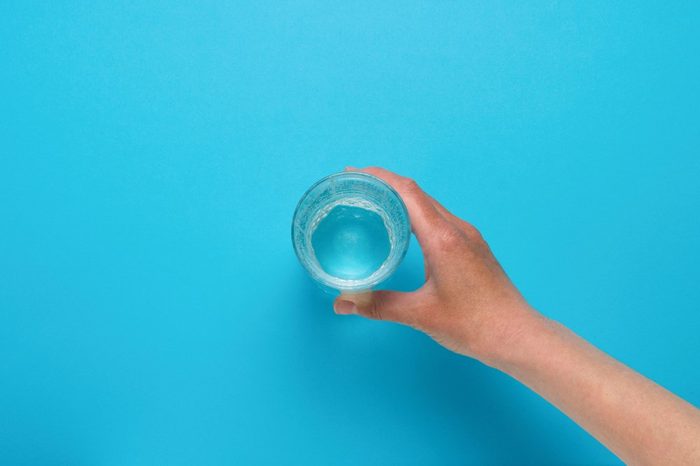
You aren’t getting enough water
You’ve heard this proclamation even before starting keto diet: You need plenty of water each day for your health. That’s especially true with the keto diet. Without carbs, your body won’t store as much water. Anything you drink passes right through—you can expect to urinate frequently. “Starchy foods have more water retention,” Dr. Marvasti says. “When you avoid these types of foods, you need to make sure you are compensating by drinking enough water.” These clever ways to stay hydrated can help.

You skip the research
“The biggest mistake people make is that they neglect to do any substantial research into the keto diet,” says Stephanie Lincoln, founder and CEO of Fire Team Whiskey Health and Fitness. “They hear about a new fad diet or know someone who has tried it, they do a Google search, read about 10 sentences, then start the plan.” Lincoln recommends taking more time to prepare yourself. Otherwise, the diet may be a total failure. “Basing your behaviors on ‘what I heard,’ or a few sentences read on a random article online is not smart for any health-related question,” Lincoln says. “Do some real research. Read a book or two on the subject.” Here are more things you need to know before starting the keto diet.
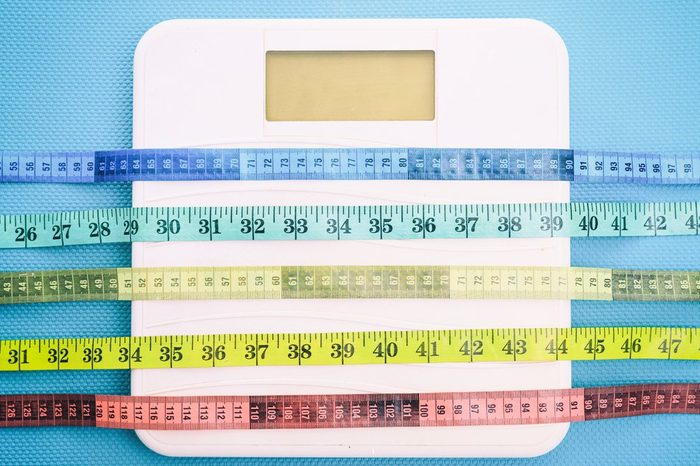
You focus on the scale
“Weight loss for most people will be significant for the first couple of weeks,” Lincoln says. “But just like any eating lifestyle change, your body will adapt and the weight loss will slow down.” Lincoln tells clients who are starting out on a keto eating plan to focus on the “non-scale victories.”
“The argument is that after decades of abusing your body with carbohydrates and thus creating insulin resistance, your body is not going to magically heal itself from a measly 30 days on a low-carb eating plan,” she explains. “If you need things to celebrate while you wait for the scale to start ticking down, look toward your other accomplishments—body composition, pictures, and measurements after three months.”
Give your body time to adjust, and the results will show up and become permanent. Next, find out what happens to your body if you drink apple cider vinegar every day.
